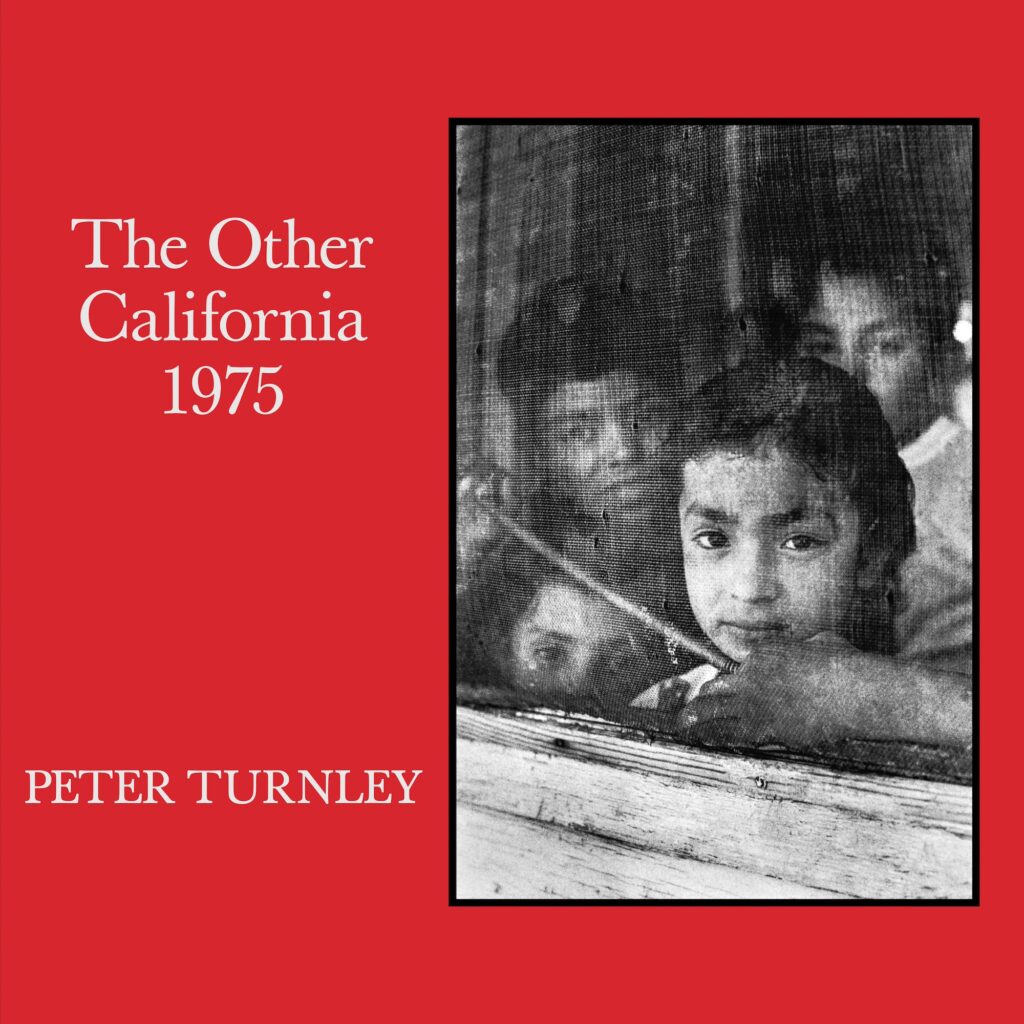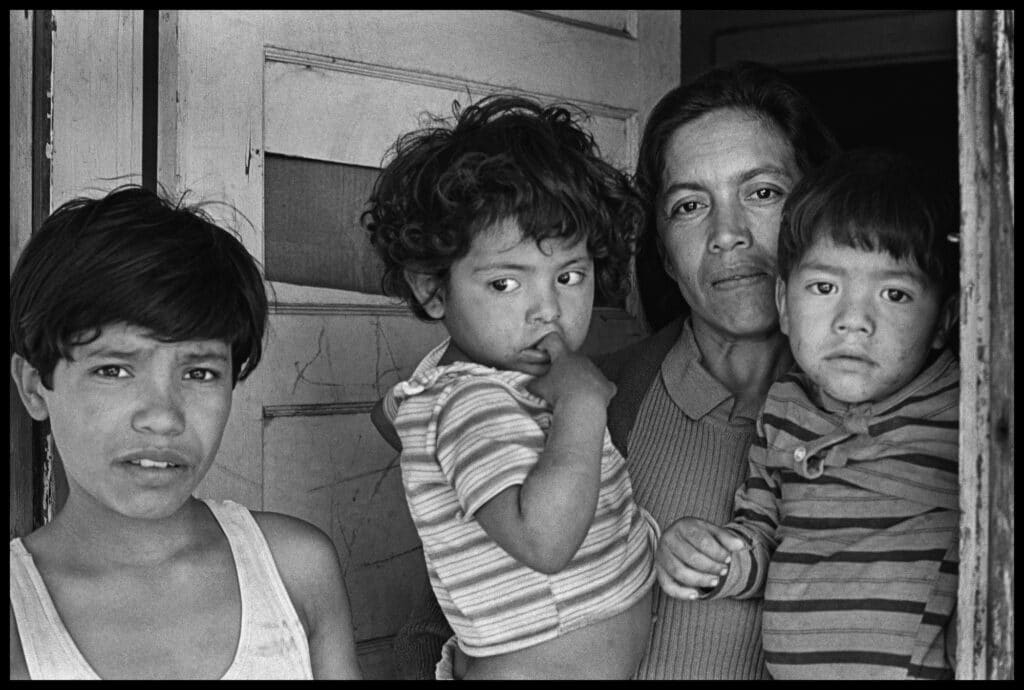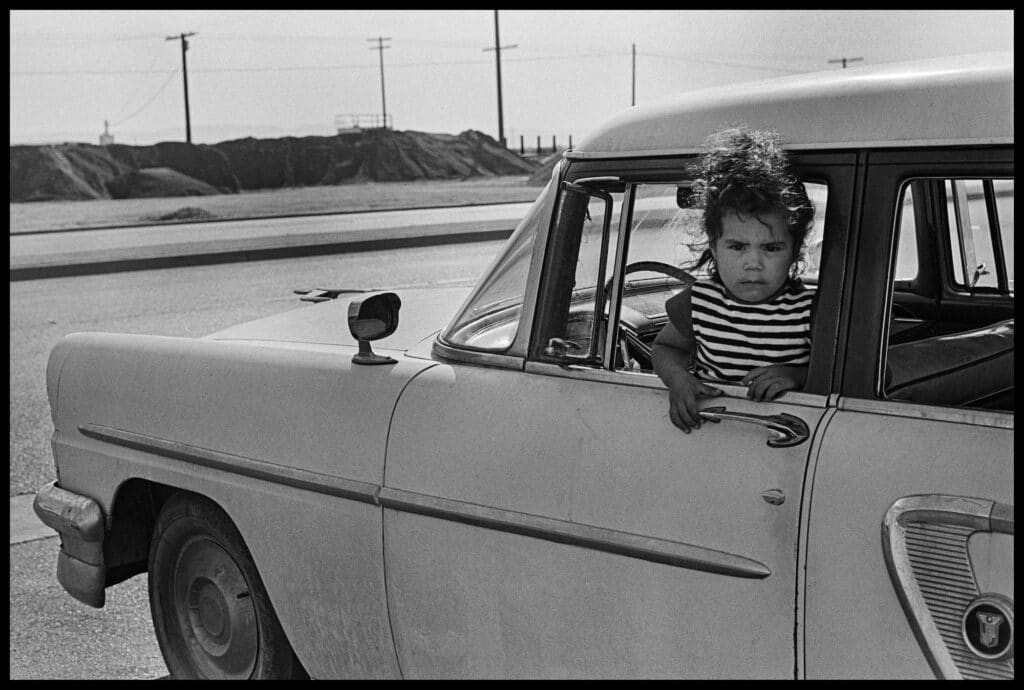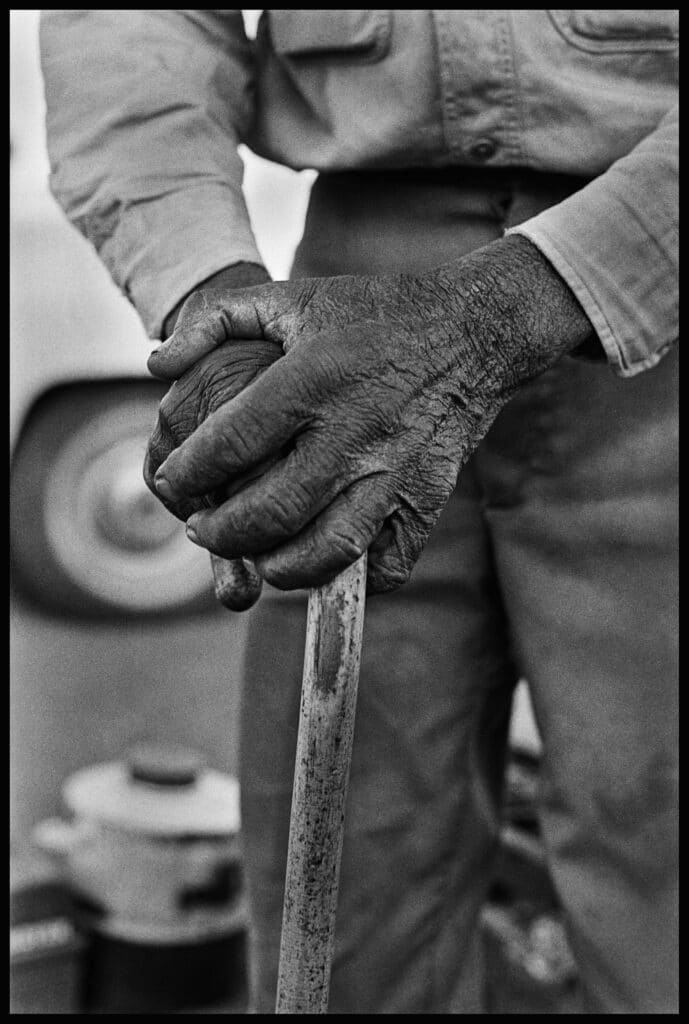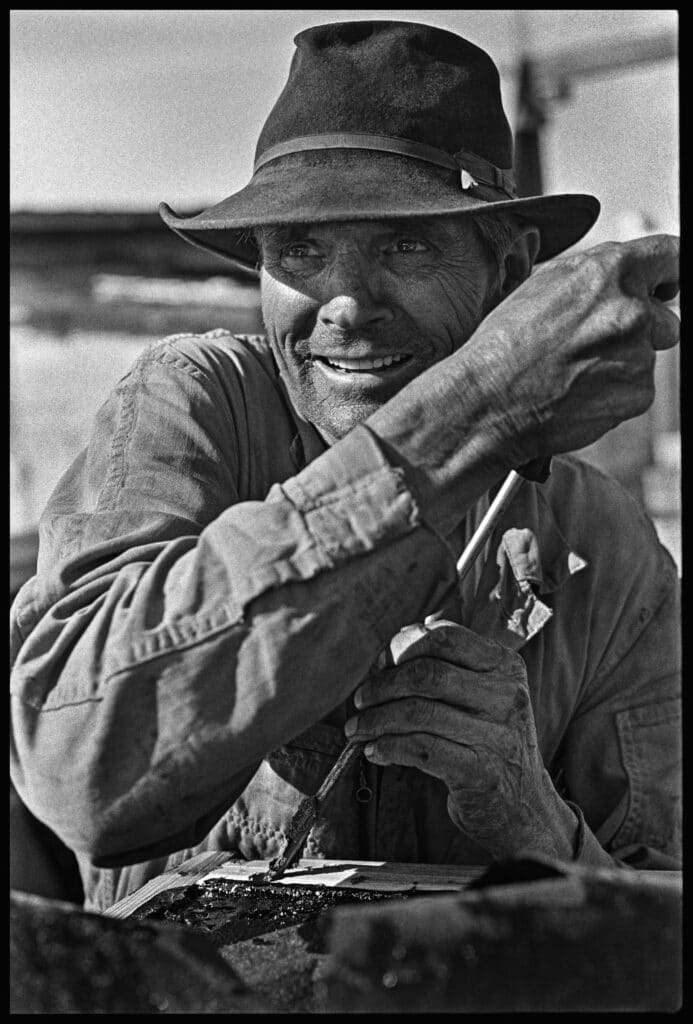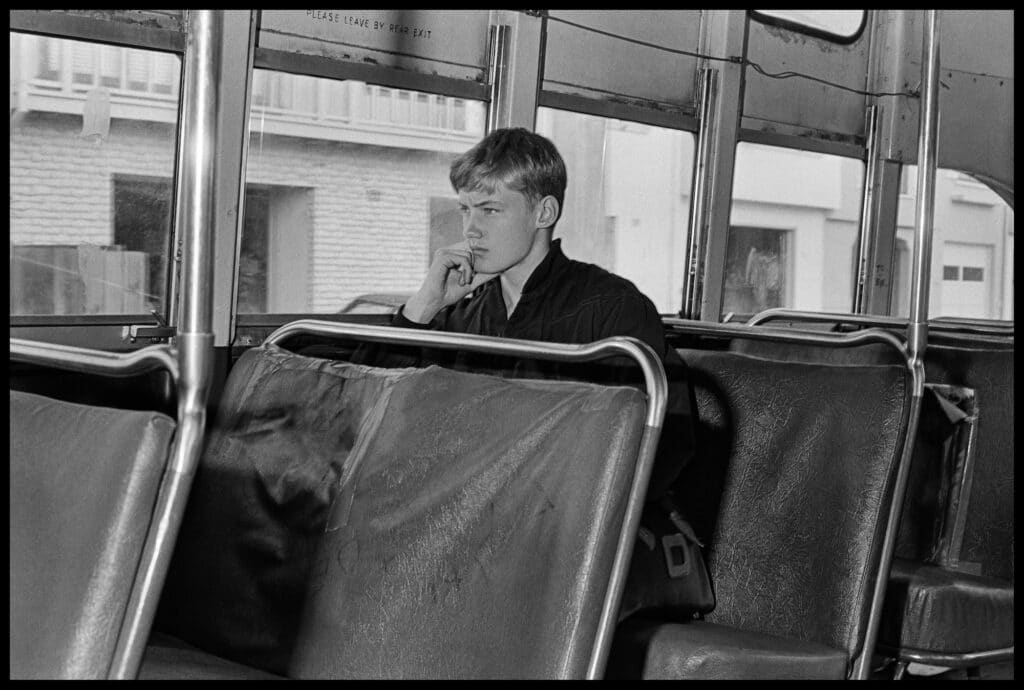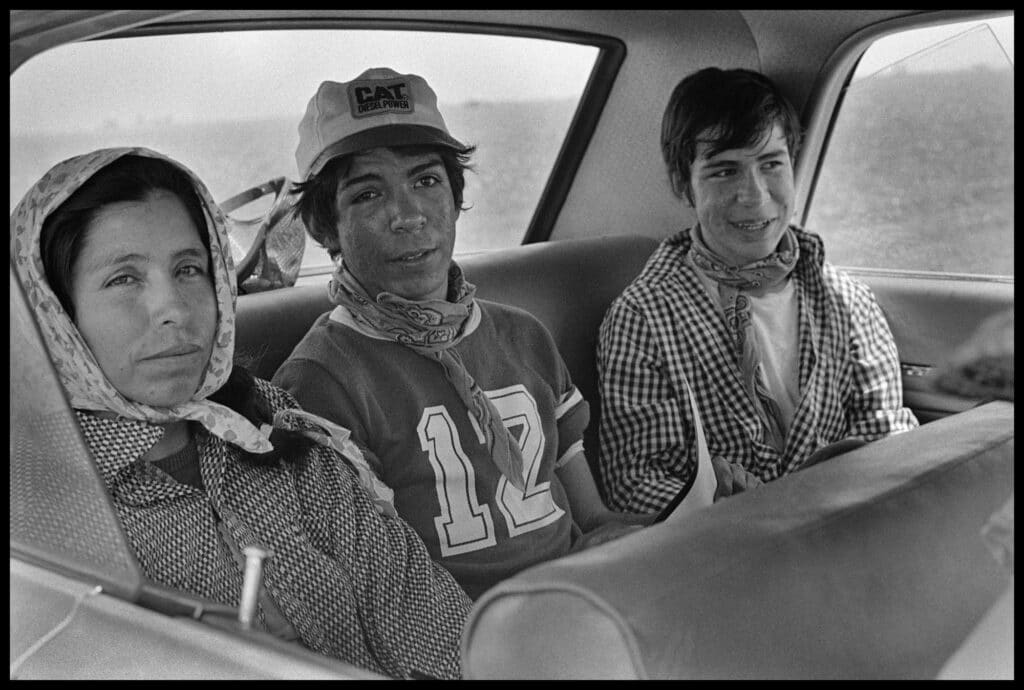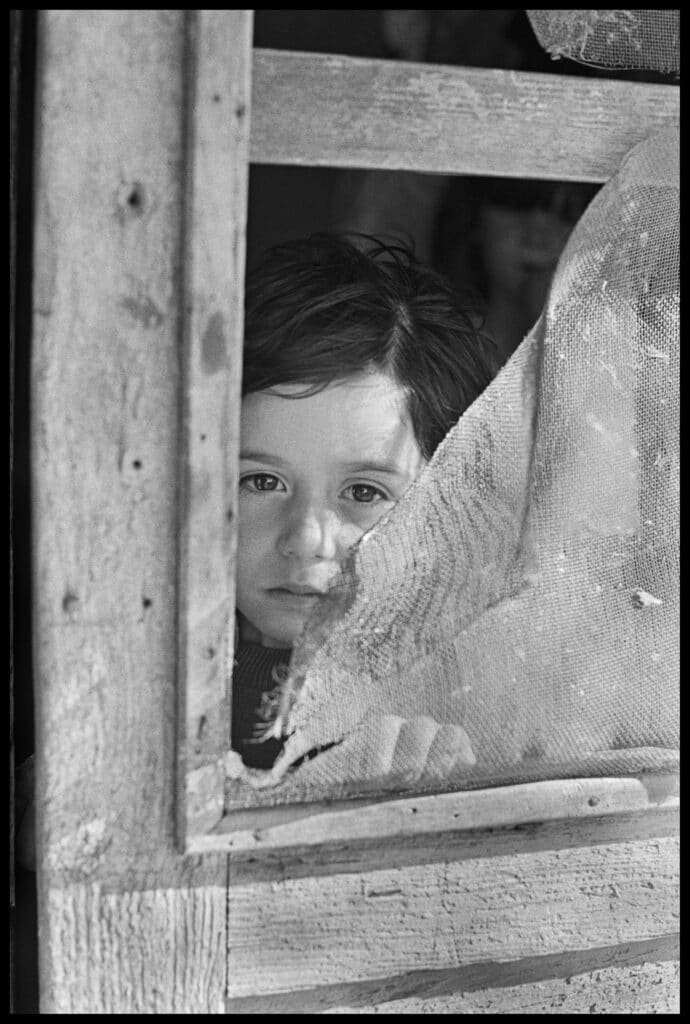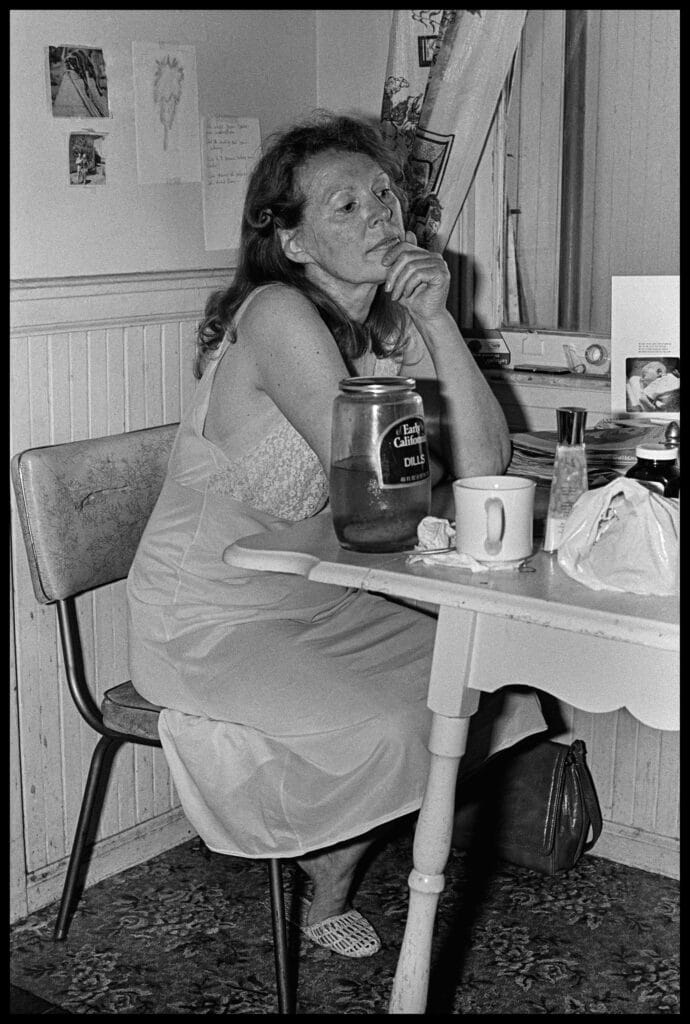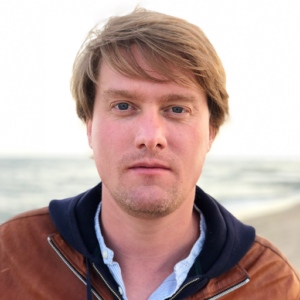Fifty years ago, Peter Turnley, just beginning his career as a photographer, was commissioned by the California Office of Economic Opportunity to make a four-month road trip through America’s largest agricultural and rural state to make a photo documentary about the working class and poor. At the time, California was often represented by a stereotypical image: its magnificent coastline, surfers, sunny beaches, beautiful convertibles and Hollywood movie sets. The Other California, 1975 is a stunning visual time capsule of the realities of life in California and the United States.
To talk about it, Blind sat down with Peter Turnley at Le Flore, Paris, the café the photographer has frequented since taking up residence in France.
Tell us about the genesis of this book?
I started photography when I was 16. Fort Wayne, my hometown, is a city of 300,000 people. It’s really the bottom of America. When I was 19, I went to study at the University of Michigan. I had a really hard time getting used to it. Right from the start, I was very inspired by all the photographers who used photography to have an impact on the world: those commissioned by the FSA, or people like Lewis Hine or Jacob Riis. During the Christmas vacations of my freshman year, I went to see the mayor of my city, which was very progressive, in a conservative state (Indiana), and suggested that the urban affairs department hire me as a photographer to report on the city’s actions for people in need. I did this for eight months.
What happened next?
There was a woman who worked for him, and without my knowing it, she left for California. At the end of my second year of college, I received a letter saying, “Peter, I’m now working for the California Office of Economic Opportunity.” Then: “I have to produce a report that explains to the public why the state runs programs to assist the poor. We’d love to illustrate it with a news story. I thought of you, for a 4-month trip all over California. We’ll pay your full expenses. For me, it was a dream. It was an incredible opportunity. So I left in May ’75.
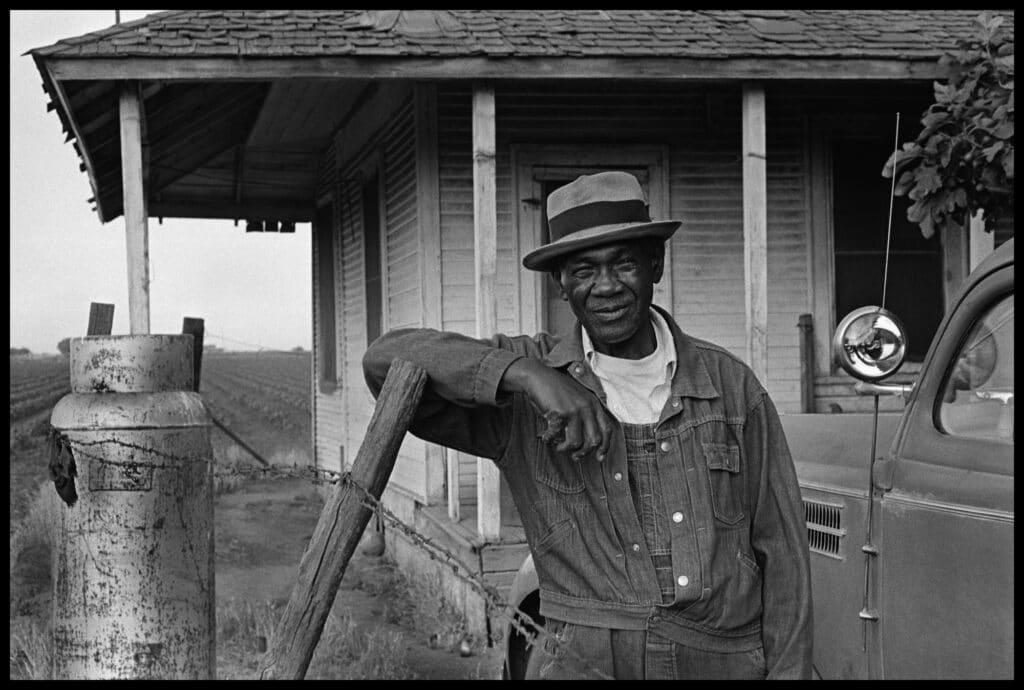
How old were you?
I was 20. Obviously, I had in mind all the work that had been done by the FSA. So, for four months, I traveled all over the state. I went everywhere. I slept in hotels that cost $10 – $13 a night. I ate at Dinner. Karen, my college girlfriend, who wanted to be a writer, came with me. It was a two-person trip.
Once the photos were taken, they were used for the report. Most of them were exhibited in Sacramento, the capital of California. And then I put the photos away for 50 years. I also retained a feeling of guilt: all these people had opened up their lives to me, and I felt I hadn’t fully served them with my photos. So I’m doing this book largely because I owe it to these people.
It’s late in coming…
Yes, and in a way I feel relieved. But also quite proud of this work. I’ve been taking pictures for 50 years now, and I’m not sure I’m doing any better today than when I was 20. Because there’s something very authentic in these images, very real.
What was the name of the department that commissioned you?
Office of Economic Opportunity.
“Economic Opportunity” is a nice name for a department that helps people in need. It’s very American, it’s positive.
Indeed…
What kind of feedback have you had on your images?
The book has received overwhelming positive response and many people have said this book is a visual equivalent of “The Grapes of Wrath” by John Steinbeck. Many have also said the photographs reveal a 1970s vison similar to the work by the FSA photographers and Dorothea Lange. It also helped launch my photographic career. Following the reportage I did between May and August 1975, I was supposed to start my third year of university at Michigan. But I went to New York with these photos and the photo director of the New York Times, John Morris, invited me to dinner with Eugene Smith, the American photographer. I showed him the photos and Smith took me aside and whispered in my ear. In English he said, “Peter, you have a wonderful eye and a wonderful heart. You’re destined to be a photographer, even a very good one. No one is ever going to take you by the hand in this business, but I encourage you to keep going and follow your passions.” Following this advice, I stopped my studies and came to France. It was autumn 1978.
Had Eugene Smith already photographed Minamata?
It was after Minamata. He had bandages and dressings around his head. He was very, very injured. I don’t know how old he was, but I don’t think he lived very long afterwards.
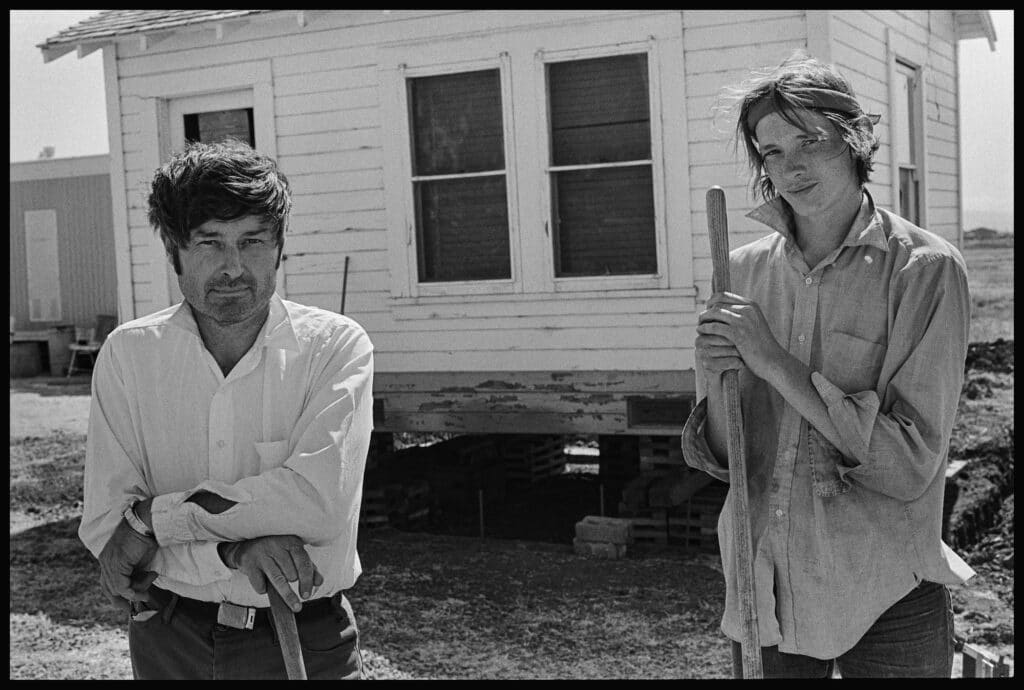
It was a very important moment…
I can say that Eugene Smith, like many other photographers, was a hero, a hero to me. When I decided to stop my studies during that year, I remember having a big discussion with my parents, who were very afraid for me. But at the end of this discussion, my father embraced me and said: “After seeing your photos of California, it’s not for me to say what to do with your life. So follow your heart and know that you have our support.”
And John Morris too, great man…
Yes. He’s done it all. He worked at LIFE, was photo editor for Robert Capa’s images. It was the one who received the images of D-Day in Normandy. After that, he worked for Ladie’s Home Journal, then for the Washington Post. After The New York Times, he became director at Magnum. An incredible guy.
So, the images in The Other California were never published in the press?
They’ve hardly ever been published, no.
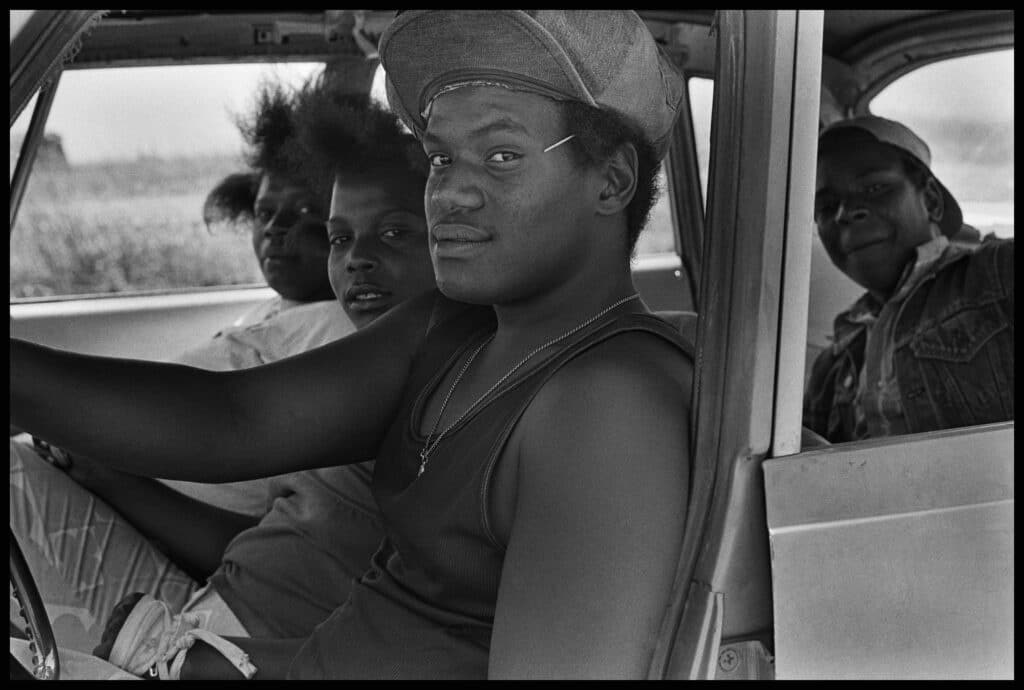
Do you self-publish the book?
Yes, I’m the only publisher. I produced 1,500 copies, which are printed in China. I use a great designer in New York, and as you can see, I don’t cut corners. The print is very good, the design is very pretty and it works very well. This phenomenon of self-publishing… Often, when I tell people that I self-publish my books, it can arouse in some people… a feeling of pity, practically. People think that if it doesn’t go through a publisher, someone must be struggling as a photographer. On the contrary, I think it’s the way of the future.
What’s more, you make more money by self-publishing.
I don’t do it for the money, but I can say that before I self-published my books, I did 5 other books with publishers. I was always proud of the product, but I was always very frustrated. Firstly, I couldn’t find them in bookshops and secondly, I wasn’t making a cent. So, after a while, I said to myself: if it’s like this, if I’m not going to lose the money, I’d rather at least know who’s buying my books, and have them be part of a community that follows my work.
Peter Turnley, The Other California. Self-publication. Available on the photographer’s website for $69. All copies are signed.
